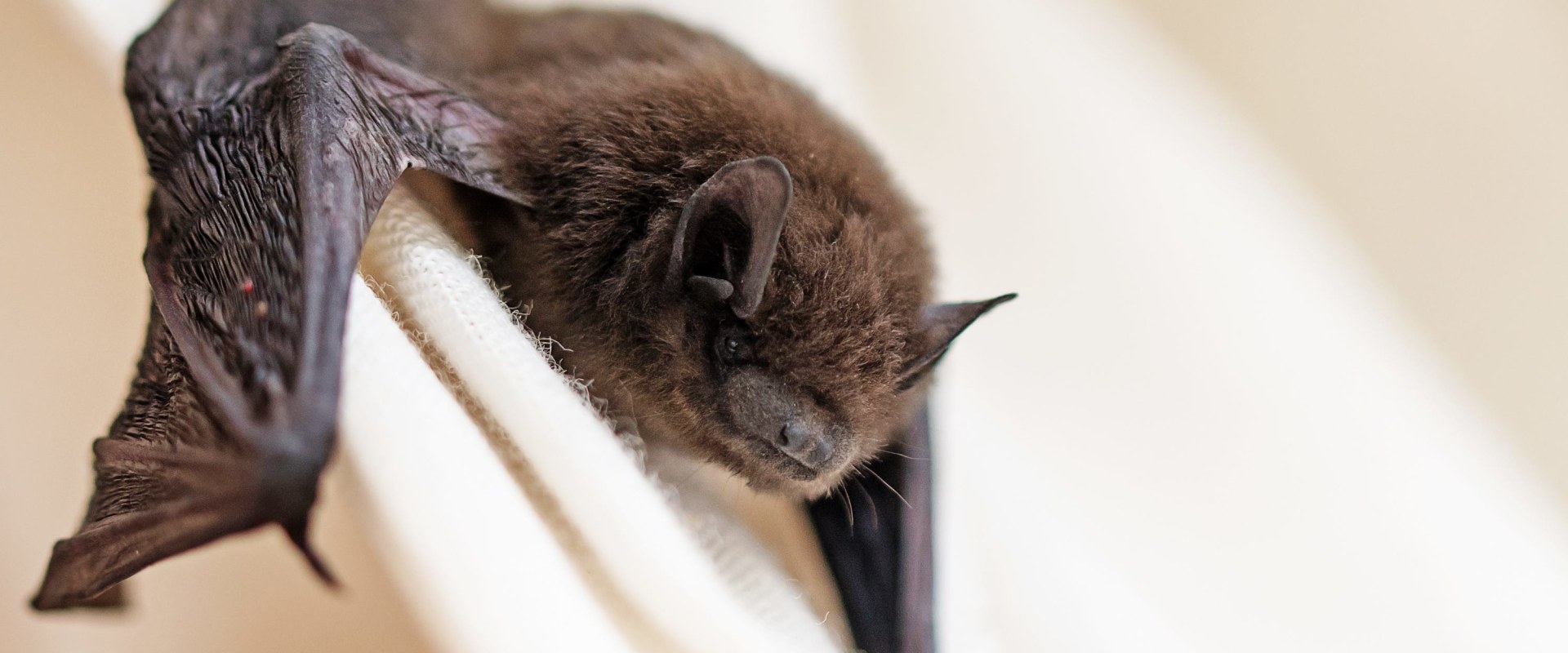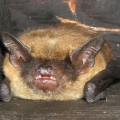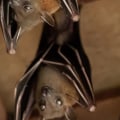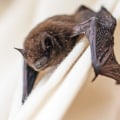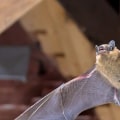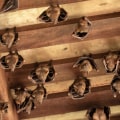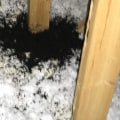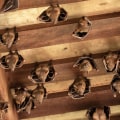If your area has a large population of bats, prevention methods should be implemented to prevent them from nesting on your property. Once a bat chooses a place to sleep, it will keep coming back, so ask a wildlife professional to check your home for possible entry points. Bats can get into holes as small as the thumb, so they'll take a close look at the chimney, ventilation grilles and rain gutters. It may also be beneficial to cover the chimney and cover the cracks with materials such as nets, cardboard or wire mesh.
Bats don't like our cold winter. Some bats leave for the winter, most hibernate in their nest. Those who leave for the winter have a migration pattern very similar to that of birds. Every October, the colony will fly south.
In April, these same bats return to their nesting places. If bats have a nest in your house, they will return to the same corner, to the same place, year after year. When leaving, bats fall to the open end of the check valve in their lower part. When they return, they don't go to that opening, but instead try to enter through the original entry point.
The check valve prevents this re-entry. You can't just go out and buy a bat bottle or a repellent similar to a rat repellent, etc. Females give birth to one puppy (baby bat) per year and usually return to the same area each year to create the maternity shelter. Placing repellents there, etc., may not work, as more bats could easily return once the repellent has been extinguished.
You can get DIY plans for simple bat houses and homemade one-way bat valves by calling the conservation organization at (800) 538-2287. These locations maintain a constant temperature above freezing point and a high level of humidity throughout the winter, minimizing energy and water reserves for bats to use during hibernation. Fixed in this way, the article continues, the mesh acts as a one-way valve, allowing bats to exit but not enter. Like gable vents, shutters have small, easily accessible holes that a bat can easily get through. While you may be inclined to try to remove bats from their structure yourself, know that many bat species in the United States are protected by state or federal law and that any method of extraction must be left to professionals.
Most homeowners, of course, would rather avoid dealing with that eventuality by keeping bats out of the house altogether. However, it is highly unlikely that most bats will stay in the same building all year round due to temperatures, mating seasons, motherhood (females) and hibernation. Six bat species are on the list of endangered species in North America and are protected by federal and state laws. We'll talk about HOW to get that bat out of the house later in this post, but first, let's find out how bats get into your house in the first place.
Even before considering eviction, check with your state's wildlife agency to make sure you know what laws should be followed, as well as to get a specific idea of when it's safe to exclude bats in your area. Many homeowners who recognize the value of having bats working for insect control will choose to build a bat house at the time of eviction, hoping that bats will find it and use it or occupy it upon their return next spring. For most migratory bat species in the northeast, they leave colonies to go to winter hibernation sites before the first week of September, but some species (large brown bats are a good example) hibernate in buildings during the winter. Night shelters are usually less protected than other types of shelters, since bats sleep there for only a few hours.
.
